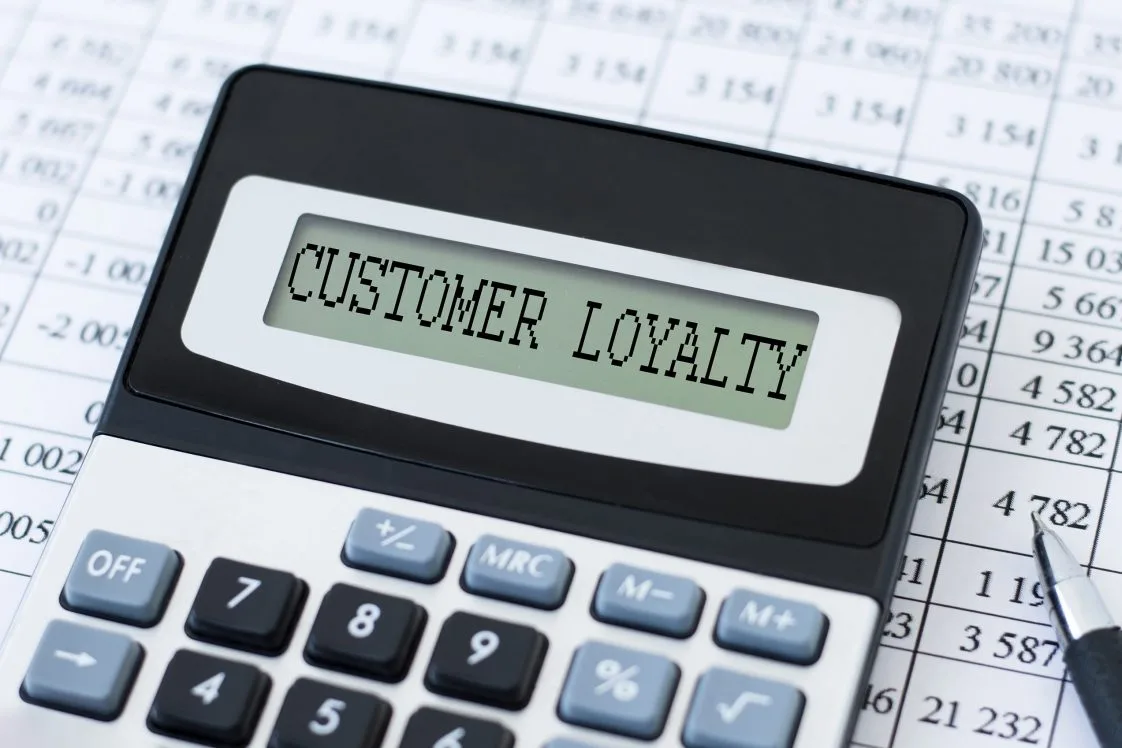Profit & CX: Start Preparing for Peak 2024

How did your shipping and return policies shape peak 2023 results?
It’s post-mortem time in retail — aka known as the time to dissect and analyze peak 2023 results. You likely already have a solid idea of the numbers, and if you’re like many retailers, it was a stellar season despite inflation. Now it’s time to dive deeper into specifics. Let’s take a look at your shipping and return policies and how they impacted your results.
The majority of retailers changed their shipping and return policies last year to reduce or eliminate free options. Introducing friction into the equation came with mixed results — while few brands lost customers due to changes in shipping (73% said customers chose longer shipping windows to get a free option), changes in return policies saw one-third of brands losing customers and 40% experiencing a decrease in sales.
A pretty strong statement by customers.
Overall, brands have been more lenient with shipping policies, keeping a free option available while making it less attractive in timing or requiring dollar thresholds for it. Return policies have not been as flexible. It’s reported that 81% of brands charged for returns and while this did curtail returns with a 2% drop from 2022 (albeit a 1.1% increase for eCommerce), the impact on customer experience is still out with the jury.
The question is…
How well did you do?
We know from pre-peak 2023 surveys that the majority of customers definitely want free shipping and free returns and it is a major factor for 75% in whether or not they’ll buy from a brand. One report found that 55% of shoppers have abandoned carts because of unfriendly return policies. Changes in shipping and returns are making customers pause and think twice about buying from brands that they may not have hesitated from purchasing from in the past. Especially at a time when they are stretching their budgets and concerned about spending.
- What was your cart abandonment rate? Did changes coincide with the change in shipping/return policies?
If you’re not already surveying customers for feedback on cart abandonment and your policy changes, now is the time to do so.
Let’s take a closer look at your shipping.
Did your shipping strategies support you?
Three out of four consumers say that shipping options (cost and timing) are extremely or very important to their decision to buy from a brand. Further, if free shipping is not available, 70% say they would choose either standard or economy shipping. We saw this play out in real-time over Cyber Week 2023, when 80% of Black Friday online customers selected standard shipping.
Shipping options need to support your ability to keep your customer experience promises. Did they?
- Did your shipping options support a smooth, timely order fulfillment process? Did customers receive their packages on time? Did slower shipping speeds have any impact on order fulfillment processes or backlogs?
Take a look at your store fulfillment options. Did lack of free shipping push customers toward BOPIS? Curbside? Was there an increase and how did that impact operations and employee experience?
Our Retail Dive study found that if retailers do not offer free shipping, customers expect the following:
- 50% an economy shipping option
- 43% ability to pick up in-store or curbside
- 41% dollar threshold to qualify
- 39% ability to join rewards/membership program to qualify
- 39% free returns
How did your brand align with those expectations? Where can you align for 2024?
How did your return policy impact results?
You likely experienced fewer returns, but at what price in lost sales/customers? Again, our Retail Dive survey is clear:
- 76% of customers want free returns
- 64% want free returns at stores
- 26% want longer return windows
- 15% want free returns via locker
If you’re not offering free returns you are not meeting the desires of 76% of your customers. Again, 68% of customers consider the return policy when choosing to purchase from a brand, including brands they would normally shop at without giving it a second thought. People may be settling for your return policy, but that doesn’t translate into happy customers or a positive brand experience.
- Carefully evaluate the cost savings of your no-longer-free returns policy against the loss of revenue, customer retention, customer acquisition cost, and customer sentiment.
Where can you compromise so you can contain costs without losing customers?
What was the effect on customer experience?
We’ve talked through a bit of the impact on customer experience, but here you need to do a deeper exploration. Get some hard data and walk through it with your CXO and customer support directors. Some of the most telling data lies in your customer service department or contact center, so be sure to talk to agents and managers there. Get a true read on customer sentiment and feedback.
What can you shift this year for a better peak 2024?
We recognize that you have to deal with hard facts and figures. We also know from 30 years as a third-party logistics company supporting retailers around the globe, that customer experience is your one true differentiator. The customer’s perception is everything. Customers are not loyal to your brand, they are loyal to how your brand makes them feel.
Radial can support your reverse logistics experience.
